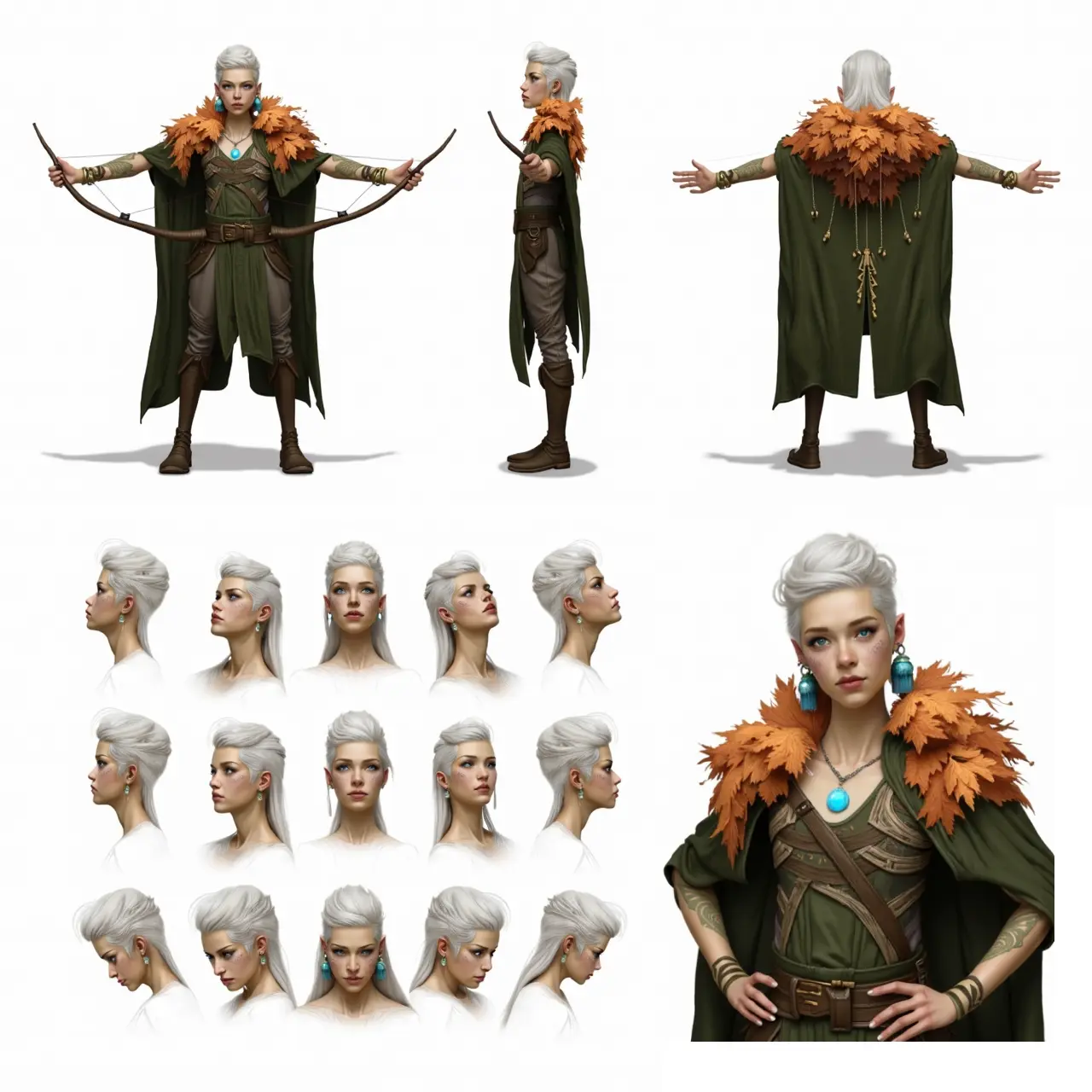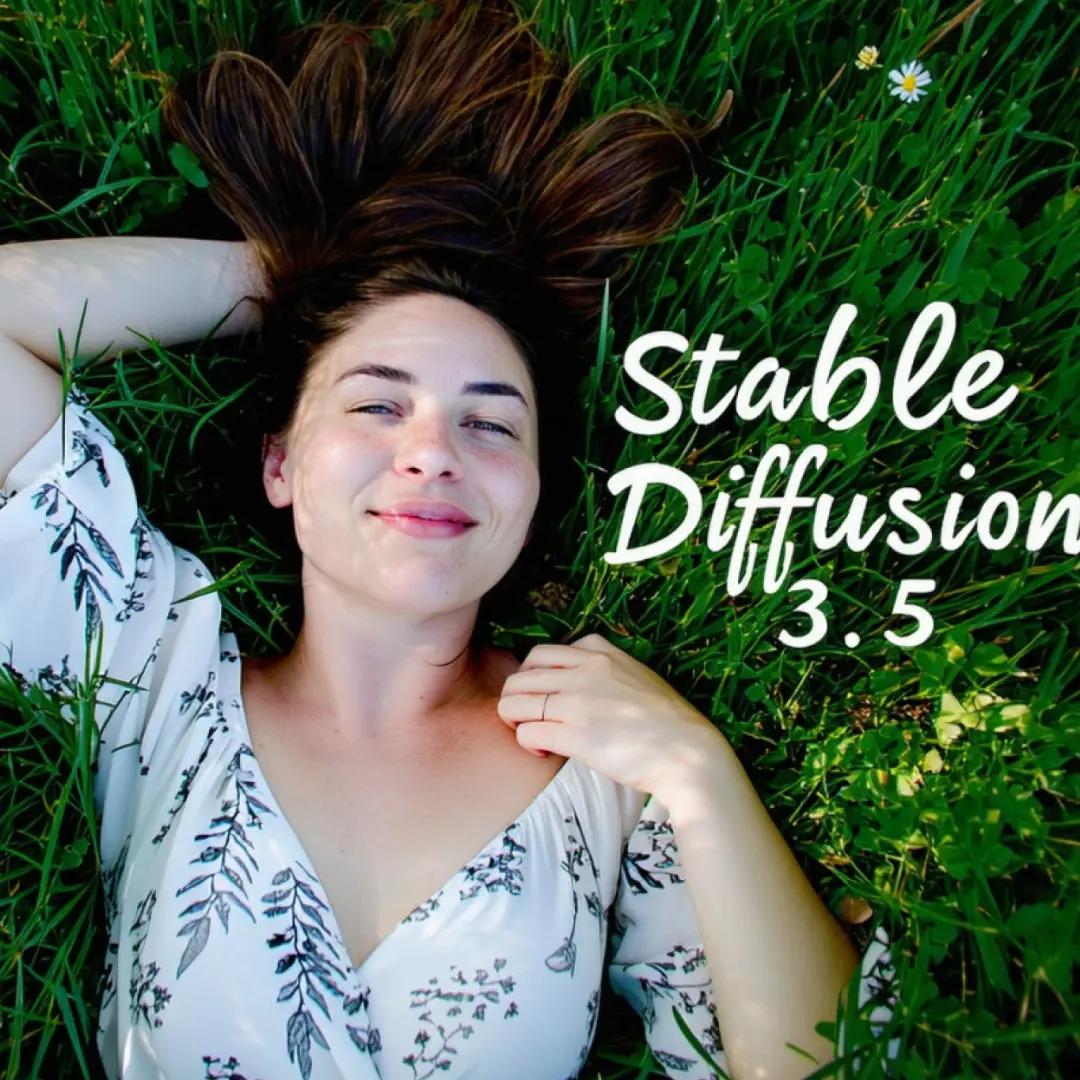ComfyUI Node: 🖼➜📹 Images to Video path (tmp video)
Bjornulf_ImagesListToVideo
CategoryBjornulf
justUmen (Account age: 3073days) Extension
Bjornulf_custom_nodes Latest Updated
2025-03-30 Github Stars
0.29K
How to Install Bjornulf_custom_nodes
Install this extension via the ComfyUI Manager by searching for Bjornulf_custom_nodes- 1. Click the Manager button in the main menu
- 2. Select Custom Nodes Manager button
- 3. Enter Bjornulf_custom_nodes in the search bar
Visit ComfyUI Online for ready-to-use ComfyUI environment
- Free trial available
- 16GB VRAM to 80GB VRAM GPU machines
- 400+ preloaded models/nodes
- Freedom to upload custom models/nodes
- 200+ ready-to-run workflows
- 100% private workspace with up to 200GB storage
- Dedicated Support
🖼➜📹 Images to Video path (tmp video) Description
Converts image list to video for seamless compilation, ideal for AI artists and creators.
🖼➜📹 Images to Video path (tmp video):
The Bjornulf_ImagesListToVideo node is designed to convert a list of images into a video file, providing a seamless way to compile visual content into a cohesive video format. This node is particularly beneficial for AI artists and creators who wish to transform a series of static images into dynamic video presentations. By utilizing this node, you can easily specify the sequence of images and the desired video format, allowing for creative flexibility and efficient video production. The node handles the conversion process, ensuring that the resulting video maintains the quality and order of the original images, making it an essential tool for multimedia projects.
🖼➜📹 Images to Video path (tmp video) Input Parameters:
images_list
The images_list parameter is a collection of images that you want to convert into a video. This list should contain images in a format that the node can process, typically as tensors or arrays. The order of images in this list will determine the sequence in which they appear in the final video. There is no strict limit on the number of images, but the processing time and video length will depend on the list size. Ensure that all images are of consistent dimensions to avoid unexpected results.
frame_rate
The frame_rate parameter specifies the number of frames per second (fps) for the resulting video. This setting affects the smoothness and speed of the video playback. A higher frame rate results in smoother motion but may require more processing power and storage space. Common frame rates include 24, 30, and 60 fps, with 30 fps being a standard choice for most applications. Adjust this parameter based on the desired video quality and the nature of the content.
video_format
The video_format parameter determines the file format of the output video. Common formats include "mp4", "avi", and "mov", each with its own advantages in terms of compatibility and compression. The choice of format can impact the video quality and file size, so select a format that best suits your distribution needs and playback devices.
🖼➜📹 Images to Video path (tmp video) Output Parameters:
video_path
The video_path output parameter provides the file path to the newly created video. This path is where the video is saved on your system, allowing you to access, share, or further process the video as needed. The path is typically a temporary location, so ensure you move or copy the video to a permanent directory if required.
🖼➜📹 Images to Video path (tmp video) Usage Tips:
- Ensure all images in the
images_listare of the same resolution to maintain consistency in the video output. - Experiment with different
frame_ratesettings to achieve the desired video smoothness and pacing, especially if your images depict fast-moving subjects. - Choose the
video_formatbased on the intended use of the video, considering factors like compatibility with playback devices and platforms.
🖼➜📹 Images to Video path (tmp video) Common Errors and Solutions:
FileNotFoundError: Video file not found
- Explanation: This error occurs when the specified video path does not exist or is incorrect.
- Solution: Verify that the video path is correct and that the file exists at the specified location. Ensure that the path is accessible and that you have the necessary permissions to read from it.
ValueError: No frames were extracted from the video
- Explanation: This error indicates that no images were successfully converted into video frames, possibly due to an empty
images_list. - Solution: Check that the
images_listcontains valid images and that they are in a compatible format. Ensure that the list is not empty and that the images are correctly loaded into the node.
🖼➜📹 Images to Video path (tmp video) Related Nodes
RunComfy is the premier ComfyUI platform, offering ComfyUI online environment and services, along with ComfyUI workflows featuring stunning visuals. RunComfy also provides AI Playground, enabling artists to harness the latest AI tools to create incredible art.



